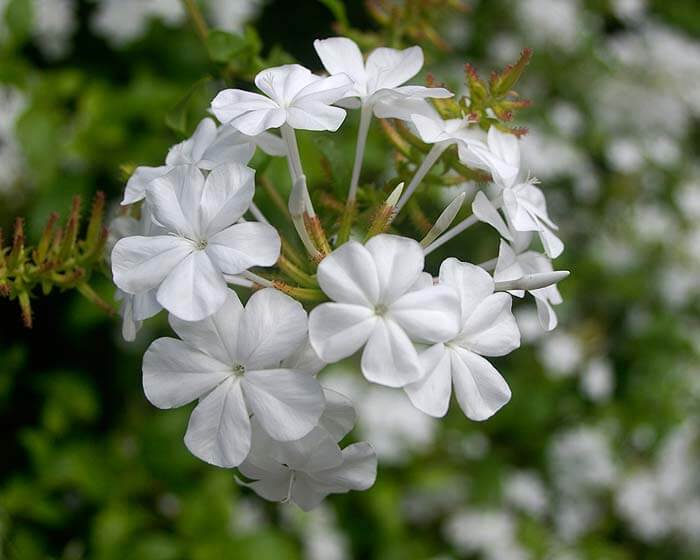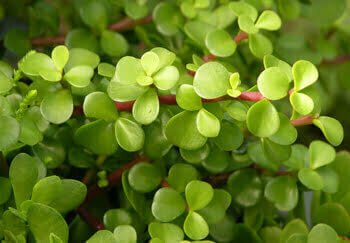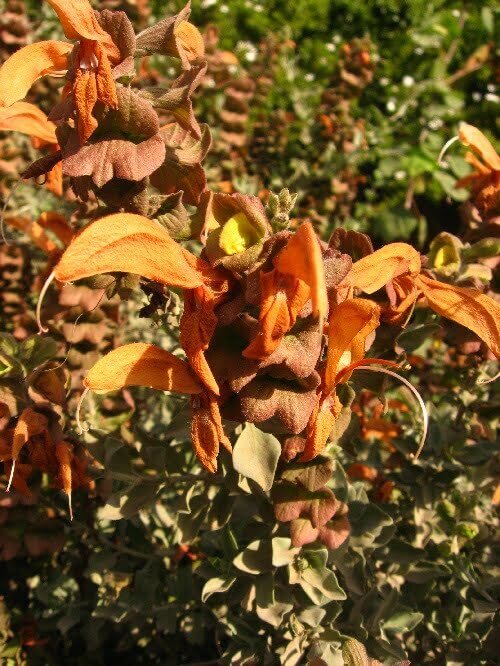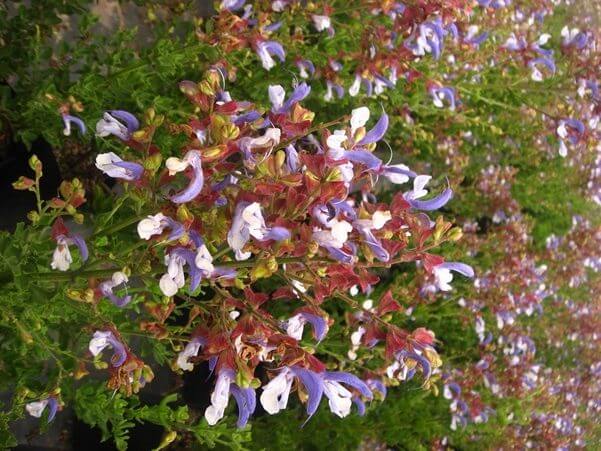Using drought tolerant indigenous shrubs such as Tecoma capensis (Cape Honey suckle), easy going blue or white Plumbago or the beautiful indigenous sages such as Salvia chamelaeagnea really saves one on watering and irrigation.
Initially, they need additional watering because of the limited root system of  container-grown plants, but a bit of nursing soon sees them attaining their full drought tolerance. 3 – 6 months is usually enough time for shrubs to settle into the soil. My indigenous shrubs have survived the worst ever drought in my area with aplomb.
container-grown plants, but a bit of nursing soon sees them attaining their full drought tolerance. 3 – 6 months is usually enough time for shrubs to settle into the soil. My indigenous shrubs have survived the worst ever drought in my area with aplomb.
In our water poor country, and given the cost of municipal water, it makes both environmental and economic sense to limit the plants that need a lot of additional watering to specific areas of the garden. Roses, for instance are very thirsty, but if you have a few rose bushes close to the house you can even water them with bucketfuls of recycled water during water shortages.
 It’s not only the tough succulent shrubs like the jade bush (Crassula ovata) and the Elephant’s food (Portulacaria afra) that are drought tolerant, but they should not be forgotten when planning drought resistant gardens. Did you know that the Elephant’s food plant also makes a great hedge that looks neat and lush with no maintenance other than a light clipping to shape from time to time?
It’s not only the tough succulent shrubs like the jade bush (Crassula ovata) and the Elephant’s food (Portulacaria afra) that are drought tolerant, but they should not be forgotten when planning drought resistant gardens. Did you know that the Elephant’s food plant also makes a great hedge that looks neat and lush with no maintenance other than a light clipping to shape from time to time?
Shrubs are a permanent and important element in the framework of your garden. Ground covers and perennials will be replaced from time to time, but shrubs will form a permanent backdrop and will help you to screen off unsightly elements like walls and fences and help to create privacy. Go for drought tolerant indigenous shrubs and save both water and money!






